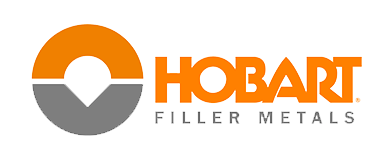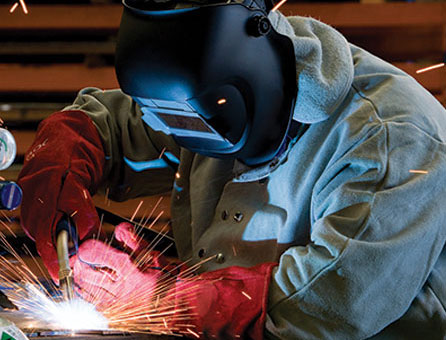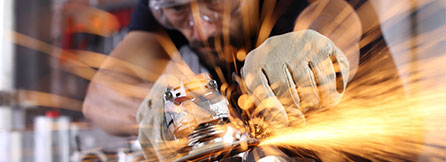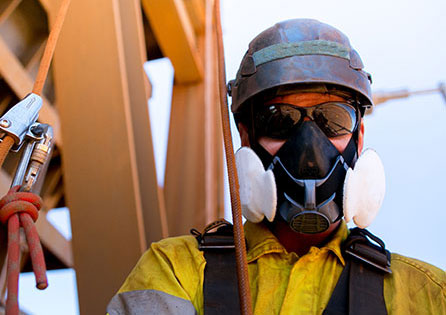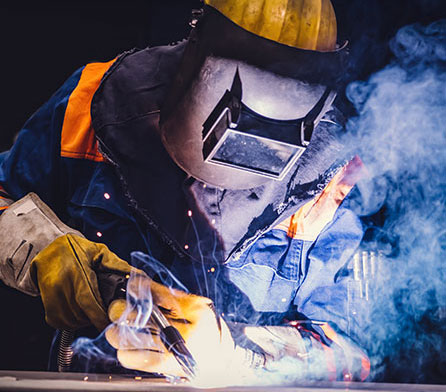Linde is Everywhere: Gases for Televisions
We spend a lot of time in front of our televisions, whether we’re binge watching our favorite shows or catching the latest sports game. Televisions have come a long way since their inception, with the technology behind them constantly evolving to provide us with better and more advanced viewing experiences. One of the key components of modern flat-screen televisions is the gases that are used in their manufacturing.
Let’s take a look at the different types of gases used in modern flat-screen TVs and how they contribute to the overall performance of this commonly used technology.
How It Works
In the late 1990s and into the early and mid-2000s, plasma televisions were on the top of the list of TVs that a consumer would want to buy. To create this piece of technology, a mixture of argon and neon gases was made to create the plasma used to display the picture. The gases were then sealed inside tiny cells within the screen, and when an electric current was applied, it caused the gases to ionize and create a bright, glowing plasma. However, although plasma televisions once dominated the market, the technology driving plasma TVs became outdated and limiting. By 2014, TV manufacturers had virtually abandoned plasma TVs and started focusing on LED-backlit LCD and OLED TVs.
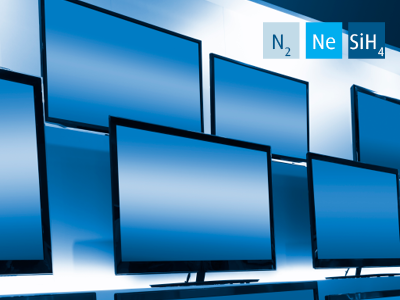
LCD (liquid crystal display) TVs use a different technology, where a backlight is used to illuminate the liquid crystals that make up the screen. This backlight is typically created using a combination of neon and xenon gases, which are sealed inside a small chamber at the back of the screen. When electricity is applied, it causes the gases to excite and create a bright light that is directed through the liquid crystals to create the picture.
In addition, LCD TVs also use helium gas to fill the space between the two glass plates that make up the screen, which helps to create an even backlight across the entire screen. Helium is an inert gas which is lighter than air and it creates a uniform pressure, making sure that the LCD's liquid crystals are evenly illuminated.
While gases like argon, neon, xenon, and helium play a crucial role in creating the images we see on our televisions, they are also used in other areas of modern technology. For example, argon is used in welding and neon is used in signs and lighting. It's worth noting that while these are the main gases used in TV production, other gases may also be used in small amounts during the manufacturing process.
In conclusion, gases play an important role in modern television technology. Their use in creating the plasma and backlight in plasma and LCD TVs respectively, help to produce bright, vibrant images that are a pleasure to watch. With the growing popularity of OLED technology, the use of gases in televisions is expected to change but the importance of their role will remain unchanged.
Making Our World More Productive
Linde's gases are used in countless applications, from life-saving oxygen for hospitals to high-purity and specialty gases for electronics manufacturing, hydrogen for clean fuels and much more. Linde also delivers state-of-the-art gas processing solutions to support customer expansion, efficiency improvements and emissions reductions. Contact your local Linde representative to learn more about how our full scope of electronic solutions help to make our world more productive.






















